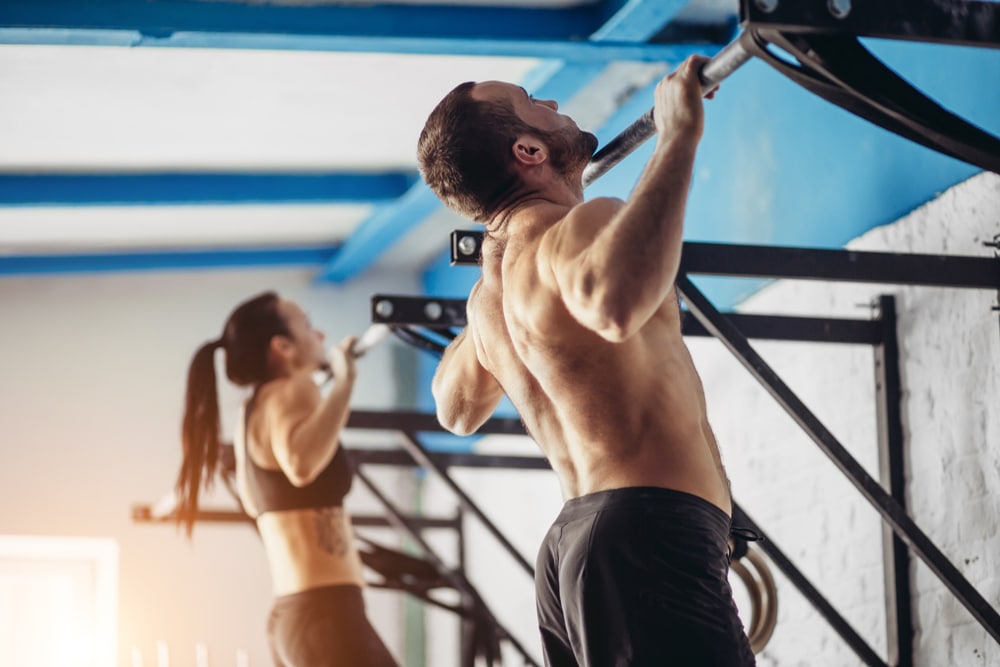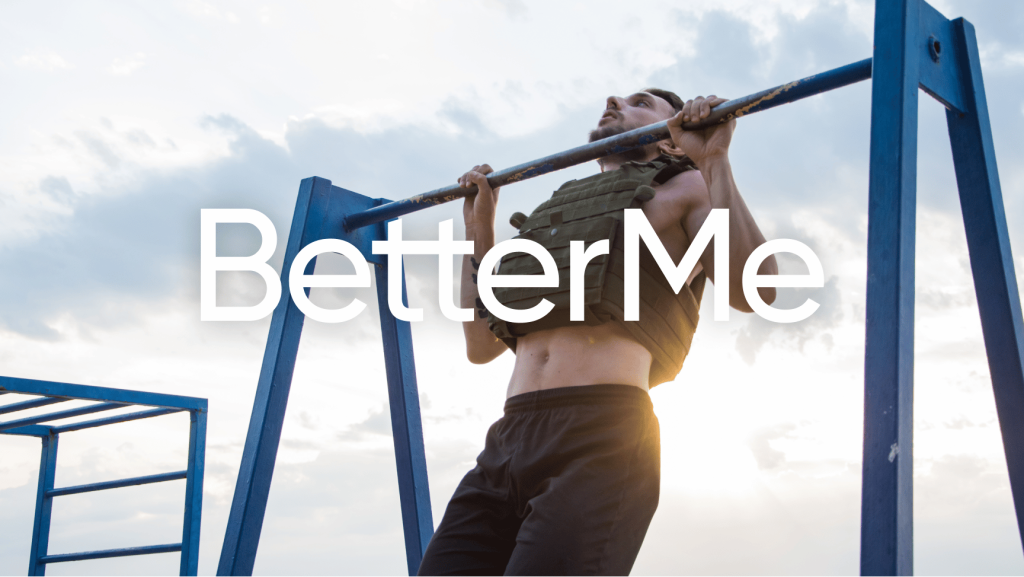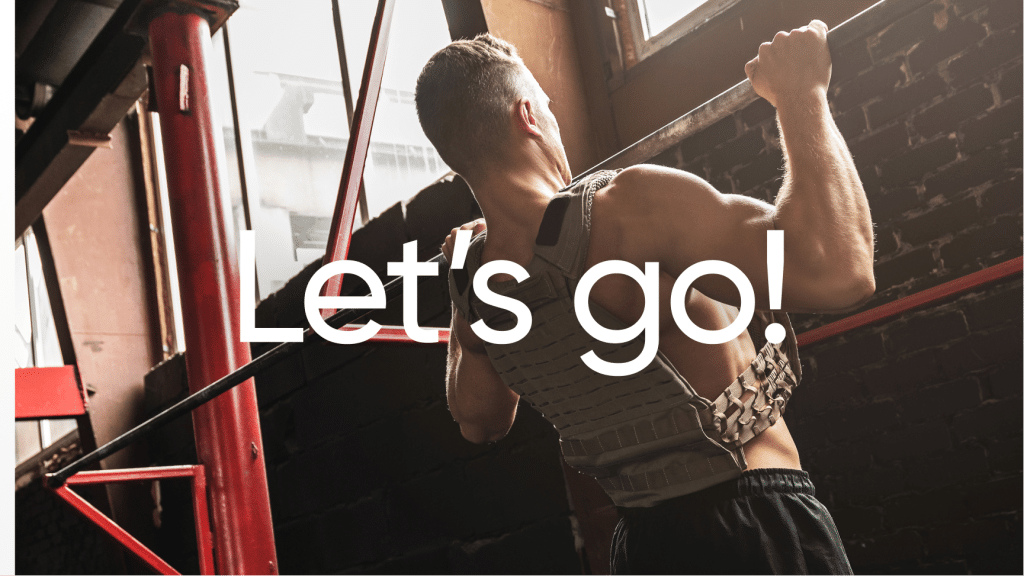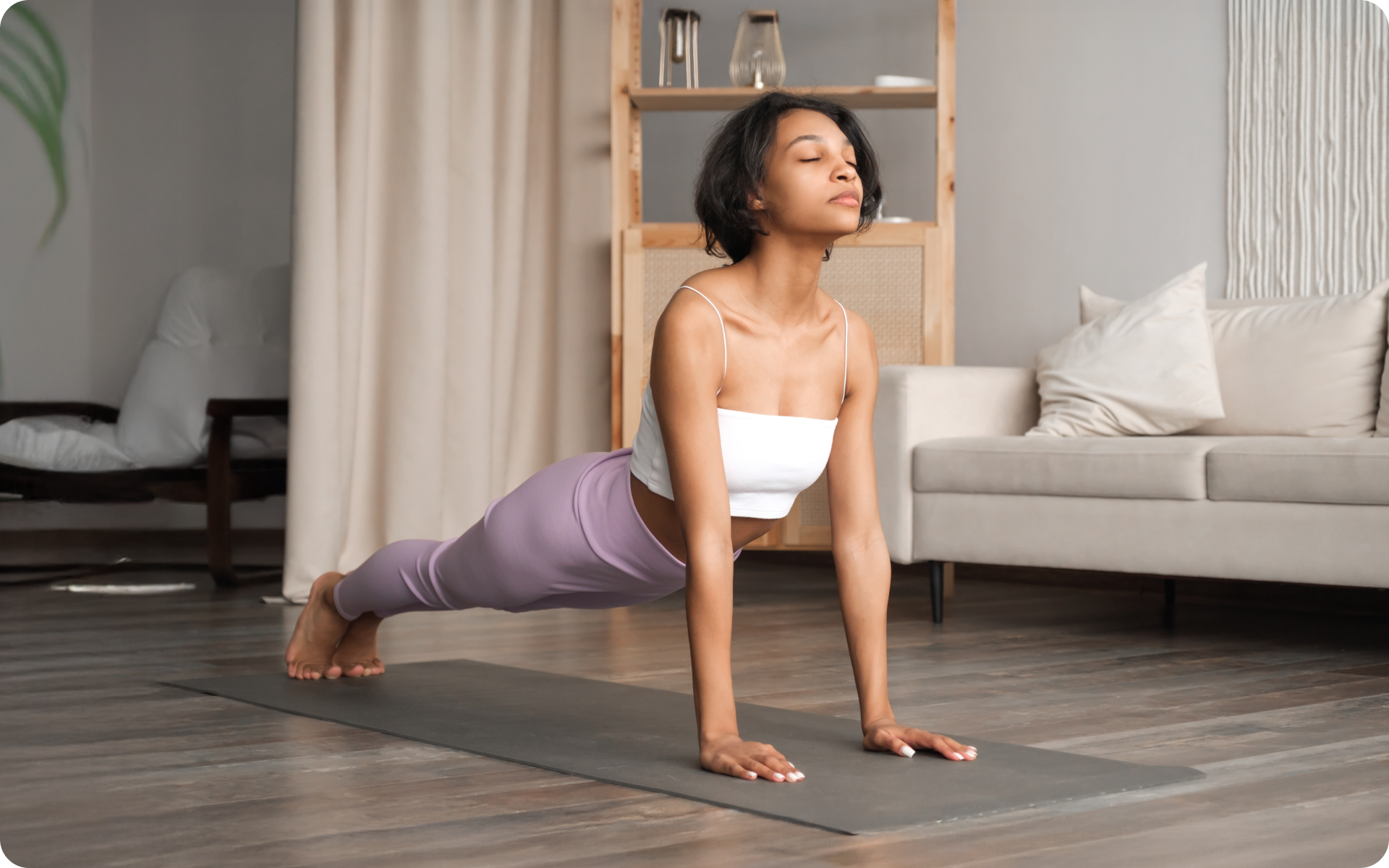If you’re looking to strengthen your upper body, there are two classic exercises that should be in your arsenal: pull-ups and chin-ups. Sure, they might make you feel like a grunt-happy gym rat, but trust me, the results are worth it. And let’s be real, there’s something a little badass about being able to hoist your entire body weight up and down on a single bar.
Now, if you’ve ever seen anyone perform these types of exercises, you might think that pull-ups and chin-ups are one in the same. However, when we look a little closer, there are actually some subtle differences between the two.
Pull-Ups involve gripping an overhead bar with your palms facing away from you (a ‘pronated’ grip) and then pulling yourself up until your chin is above the bar. This exercise will primarily target the muscles of your back, such as your lats, rhomboid, teres major, rear deltoids and trapezius.
Chin-Ups involve gripping an overhead bar with your palms facing towards you (a ‘supinated’ grip) and then pulling yourself up until your chin is above the bar. This exercise primarily targets the muscles of your arms, such as your biceps, forearms and even some of the muscles in your shoulders.
So which one is better for you? The answer to this question will depend on your individual goals. In this article, we’ll discuss the differences between these two exercises, as well as provide helpful tips that will help you get the most out of a workout.
Read More: Pull Ups Vs Chin Ups: What’s The Difference And Why Does It Matter?
Pull Ups Vs Chin Ups: What Is The Difference?
Understanding muscle anatomy, how different grips affect the body, and how to properly execute movements are all important components when it comes to deciding which exercise is best for you.
Pull Ups Vs Chin Ups Grip
The grip used during both pull-ups and chin-ups can have a major impact on the difficulty of the exercise, as well as which muscles are targeted.
Pull-ups use an overhand grip (palms facing away from you) while chin-ups utilize an underhand grip (palms facing toward you). The grip is important because it changes which muscles are used during the exercise.
Grip width is also important, and this is a factor that can be changed with both exercises. The narrower the grip, the more difficult the exercise is, and this will also affect which muscles are targeted.
The pull-up has a pronated/overhand grip, widening the grip or placing your hands on an elevated surface such as a pull-up bar at shoulder-width apart targets more back muscle groups and fewer bicep muscles. Narrowing the grip puts more emphasis on the bicep muscles.
The chin-up has a supinated/underhand grip, and widening the grip or placing your hands on an elevated surface such as a chin-up bar at shoulder-width apart targets more bicep muscles and fewer back muscle groups. Narrowing the grip puts more emphasis on the back muscles.
Pull Ups Vs Chin Ups Movement Pattern
The movement pattern for pull-ups and chin-ups is essentially the same: from a dead hang, you will pull up until your chin clears the bar.
Both exercises involve a pulling motion that works mainly your back, arms, shoulders and core. The difference is in the grip which, as discussed above, changes which muscles are targeted.
Pull Ups Vs Chin Ups Muscles Worked
The muscles targeted during pull-ups and chin-ups are very similar, but there are some key differences. A standard pull-up focuses on the large and small muscles of the back (latissimus dorsi, rhomboids, etc.), as well as some biceps and triceps muscle activation (3).
Chin-ups will also target those same muscles, but they will also put more emphasis on the biceps (due to the supinated grip) and pectoral muscles (due to the narrower grip) (2).
To a lesser degree, both exercises will also work your forearms (grip strength) and core (due to the stabilizing effects of both exercises) (2).
Reasons why BetterMe is a safe bet: a wide range of calorie-blasting workouts, finger-licking recipes, 24/7 support, challenges that’ll keep you on your best game, and that just scratches the surface! Start using our app and watch the magic happen.
Pull Ups Vs Chin Ups: Which Ones Should You Do?
The answer to this question depends on your goals and specific needs and fitness level.
- To build back and arm strength: Pull-ups are the better option as they focus more on back muscles than chin-ups.
- To build bicep and chest strength: Chin-ups are the better option as they focus more on biceps and chest muscles than pull-ups.
- To improve grip strength: Both exercises will help improve grip strength, though pull-ups will provide a greater challenge due to the wider grip.
- To improve core stability: Both exercises will help with this, as the abdominal and back muscles must work together to keep your body stabilized.
- To improve upper body strength overall: Both exercises are beneficial, so it’s a great idea to incorporate both into your routine (1).
- If you’re a beginner: Chin-ups may be the better option as they are generally easier to perform than pull-ups. Start with chin-ups, and then progress to pull-ups when you feel comfortable.
- If you’re an advanced exerciser: Both exercises are beneficial, so it’s a great idea to incorporate both into your routine.
You can also mix up the grip width and use different hand positions (narrow, wide, etc.) to keep things interesting and ensure that you’re targeting all of the necessary muscles.
How To Do A Pull-Up
Now that you understand the differences between pull-ups and chin-ups, let’s look at how to perform them correctly. Start by gripping a bar in an overhand grip (palms facing away from you).
- Make sure your hands are about shoulder-width apart.
- Hang from the bar with your arms and shoulders relaxed, making sure to keep your core engaged.
- Pull yourself up until your chin is above the bar, then slowly lower back down to the starting position.
Pull Up Mistakes To Avoid
- Not using the correct grip. Make sure to have an overhand grip (palms facing from you) when performing pull ups.
- Not engaging your core. Make sure to keep your core engaged throughout the entire movement, as this will help you perform the exercise more efficiently and safely.
- Not controlling the movement. Make sure to use a smooth and controlled motion while going up. Avoid jerking motions swinging your body as this can lead to injury.
- Releasing at the top. Make sure to raise your chin above the bar each time, for the full duration of the exercise, then gradually lower your body back down to the starting position.
- Holding your breath. Make sure to take deep breaths throughout the entire movement and never hold your breath. This will help keep you relaxed and make it easier to perform the exercise correctly.
Read More: Rack Pull Form: The Best Way To Perform This Deadlift Variation
Pull Up Variations To Try
- Wide grip pull ups: This variation involves gripping the bar with a wider grip (more than shoulder-width apart). This will put more emphasis on your back muscles, including your lats.
- Close grip pull-ups: This variation involves gripping the bar with a narrower grip (less than shoulder-width apart). This will put more emphasis on your biceps and chest muscles.
- Mixed grip pull-ups: This variation involves gripping the bar with one hand in an overhand grip and the other in an underhand grip. This will target both back and biceps muscles. It’s also a great way to mix things up.
- Weighted pull-ups: This variation involves wearing a weighted vest or holding a weight plate while performing pull-ups. This will increase the intensity and challenge your muscles even more.
- Dead hang pull-ups: This variation involves hanging from the bar with no movement for a period of time. It’s a great way to improve grip strength and core stability.
- Bent-knee pull-ups: This variation involves bending your knees and pulling yourself up with your arms. This is a great modification for beginners who may find regular pull-ups difficult.
How To Do Chin-Ups
- Start by gripping a bar in an underhand grip (palms facing towards you). Make sure your hands are at or slightly narrower than shoulder-width apart.
- Hang from the bar with your arms and shoulders relaxed, making sure to keep your core engaged.
- Pull yourself up until your chin is above the bar, then slowly lower back down to the starting position.
Chin Up Mistakes To Avoid
- Not using proper form: Make sure to keep your elbows close to your body and focus on pulling with your back muscles rather than pushing with your arms.
- Going too fast: Taking the exercise slowly helps you engage more muscle fibers and get a better workout in the long run.
- Relying on momentum: Don’t use momentum to help you lift yourself up. Be sure to keep your movements slow and controlled.
- Not breathing correctly: Make sure to inhale as you lower yourself down and exhale as you pull yourself up—this helps keep your form in check.
- Not having adequate shoulder mobility: If you are having difficulty getting your chin above the bar, try stretching and loosening up your shoulders beforehand.
BetterMe app will provide you with a host of fat-frying fitness routines that’ll scare the extra pounds away and turn your body into a masterpiece! Get your life moving in the right direction with BetterMe!
Chin Up Variations To Try
- Wide-grip chin up: Use a wider grip on the bar to engage your back muscles more.
- Close-grip chin up: Use a narrower grip on the bar to focus on engaging your biceps and shoulder muscles more.
- Eccentric or negative chin up: Take 3–5 seconds to lower yourself down to the starting position. This helps increase muscle strength and adds an extra challenge.
- Isometric chin up: Hold yourself at the top of the chin up for a few seconds, then slowly lower back down. This helps build maximum strength in your muscles.
- Weighted chin up: Use a weighted belt or vest to increase the difficulty of the chin up. Start with lighter weights and gradually add more as you get stronger.
Conclusion
Pull-ups and chin-ups are both great exercises for improving upper body strength and muscle development. The main difference between them is the grip, which affects which muscles are targeted.
Pull-ups focus more on back muscles while chin-ups target biceps and chest muscles. Ultimately, it’s best to incorporate both exercises into your routine and mix up the grip width and hand positions to ensure all necessary muscles are being worked.
DISCLAIMER:
This article is intended for general informational purposes only and does not serve to address individual circumstances. It is not a substitute for professional advice or help and should not be relied on for making any kind of decision-making. Any action taken as a direct or indirect result of the information in this article is entirely at your own risk and is your sole responsibility.
BetterMe, its content staff, and its medical advisors accept no responsibility for inaccuracies, errors, misstatements, inconsistencies, or omissions and specifically disclaim any liability, loss or risk, personal, professional or otherwise, which may be incurred as a consequence, directly or indirectly, of the use and/or application of any content.
You should always seek the advice of your physician or other qualified health provider with any questions you may have regarding a medical condition or your specific situation. Never disregard professional medical advice or delay seeking it because of BetterMe content. If you suspect or think you may have a medical emergency, call your doctor.
SOURCES:
- Electromyographical Comparison of a Traditional, Suspension Device, and Towel Pull-Up (2017, ncbi.nlm.nih.gov)
- Surface Electromyographic Activation Patterns and Elbow Joint Motion During a Pull-Up, Chin-Up, or Perfect-Pullup™ Rotational Exercise (2010, journals.lww.com)
- The Pull-up (2014, journals.lww.com)














